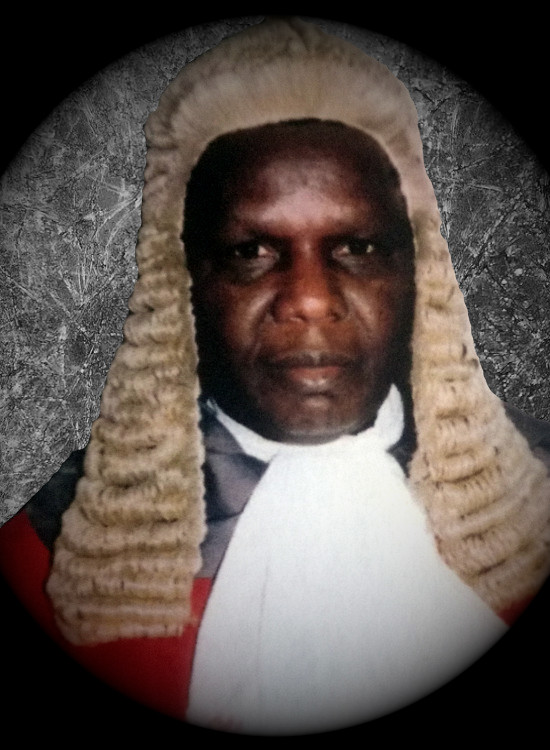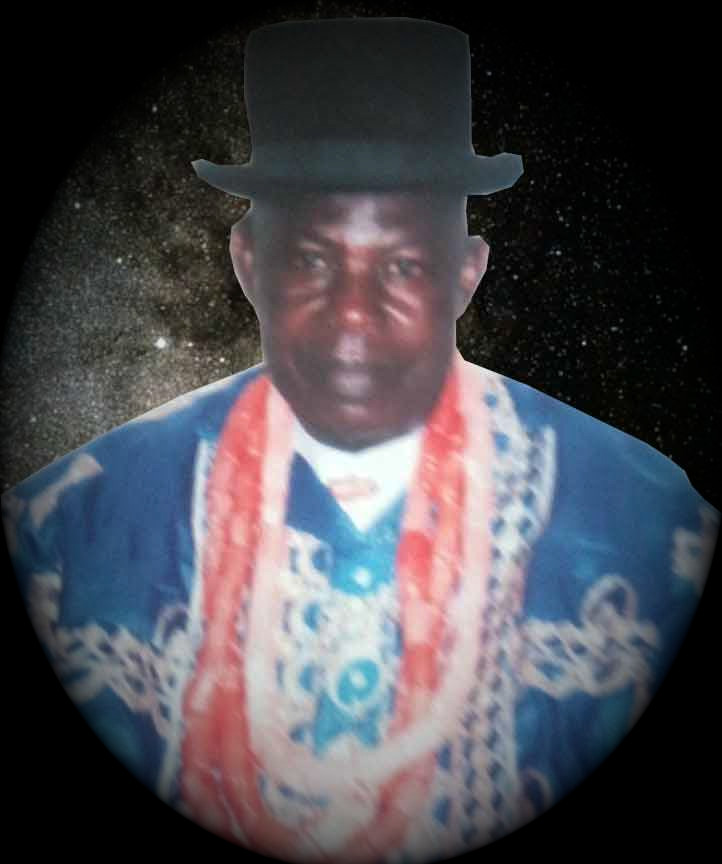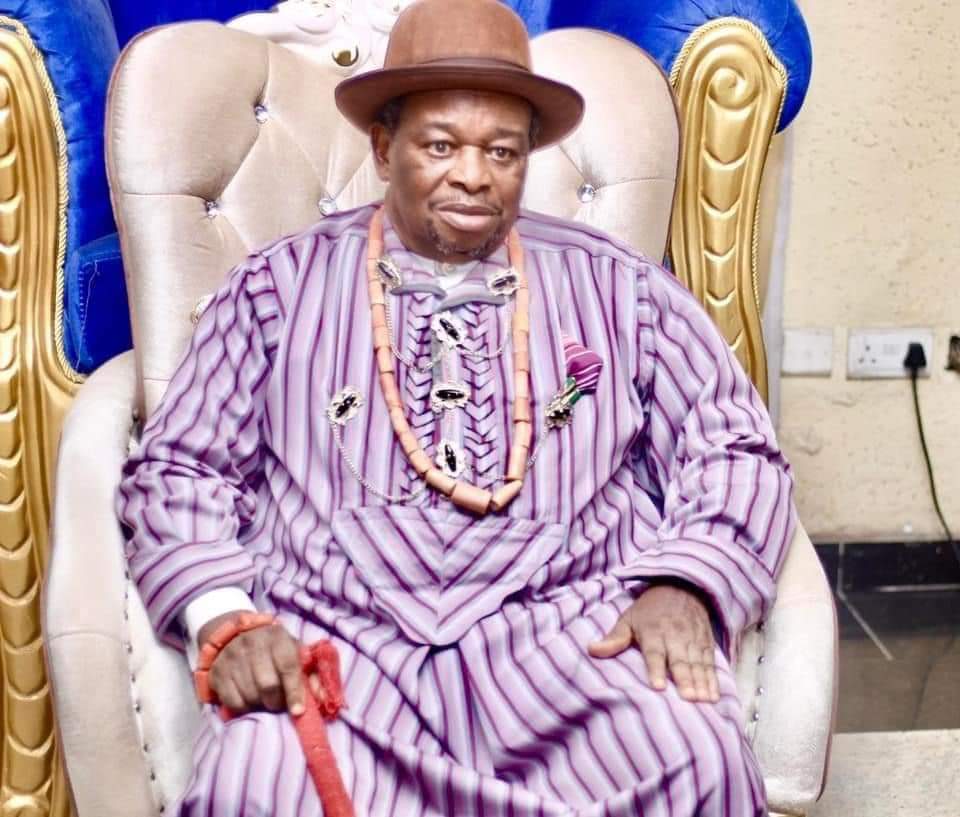The Ogbia tribe remains a unique ethnicity in the Niger Delta and Nigeria at large. Its geographical location and people have significantly shaped the socio-political history of Nigeria. Ogbia land pioneered oil and gas activities from 1956, produced the first Executive Governor of old Rivers State, and a President of Nigeria. The Ogbia stool was never a monarchy.
The history of Obanobhan Ogbia dates back to the second half of the 20th century. Centralized institutions of traditional government were not developed in Ogbia until 1940 when the Ogbia Brotherhood was founded through the efforts of Reverend George Amagala. The system of democratic village republics held sway, and as a result, the benefits of large state systems could not be harnessed by the Ogbia people. However, with the new constitutions of 1951 and 1954 that recognized and made definite provisions for a House of Chiefs in Eastern Nigeria, things began to change. Some paramount rulers, about eight in number, were also appointed first-class chiefs and members of the former Eastern Nigeria House of Chiefs, the second chamber in a bicameral system of democratic government in the former Eastern Region.
1. King (Rev) George I. Amangala

HRM George Amangala hailed from the Olobiri community of the Olei group in Ogbia Kingdom. He was a foremost priest of Ogbia extraction, trained in Eastern Nigeria by the Anglican Communion. From the late 1930s, he served exceptionally as a priest in several communities in the Niger Delta, including Kaiama deaconry. He was a quintessential and respected gentleman who fostered education for the Ogbia people. Additionally, he was the father of the foremost revolutionary, the late Captain Amangala, who fought alongside the late Major Isaac Adaka Boro for the liberation of the Niger Delta before and during the Nigeria-Biafra war.
Before the initiation of the unified Kingship of the Ogbia Kingdom, there were eight recognized Kings in the Eastern Region featuring the House of Chiefs. These eight paramount rulers appointed were the Obi of Onitsha, Obi of Oguta, Eze of Aso, Amayanabo of Kalabari, Amayanabo of Nembe, Amayanabo of Bonny, Amayanabo of Opobo, and Obong of Calabar.
That development motivated the Ogbia people, then consisting of the three clans of Anyama, Emayal, and Oloi under the united umbrella body – Ogbia Brotherhood, to appoint and install Rev. G. I. Amangala as the First Obanobhan Ogbia (owner of the Kingdom), with a view of having representation at the regional level of government. Though the Obanobhan stool at the time wasn’t classified or recognized by the Government (colonial government).
Rev. G. I. Amangala was invested with the insignia of royalty and office on March 31, 1958. Unfortunately, he died on January 29, 1960, two years after his investiture and could not fulfill his dream of being a member of the Eastern Region House of Chiefs to represent his people. At his demise, the stool became vacant for two years.
2. King Bennett A. Isiki
HRM Isiki was from Otuasega community of the Emeyal group in Ogbia Kingdom. He was a retired police officer and a notable figure who fought for the interests of the Ogbia people in old Rivers State. He was a friend to friends and a foe to foes as far as Ogbia interests were concerned.

HRM Bennett A. Isiki went the extra mile for the Ogbia Kingdom. He was installed as Obanobhan Ogbia II at Otuoke community, and his coronation took place on May 18, 1962. However, during his reign, precisely in 1978, the then Rivers State government appointed a Chieftaincy Review and Classification Committee under the late Professor Tekena Tamuno. The government white paper issued after the committee’s assignment accorded first-class status to the Obanobhan Ogbia Chieftaincy stool on May 25, 1979. Therefore, from 1979 to 1991, the year of his death, HRM Isiki enjoyed the benefits of the throne as a first-class King. He reigned for 30 years and died on October 1, 1991.
3. HRM Emmanuel Joel Igoniwari (Obanobhan-Elect)

After his demise, the Obanobhan stool, by the rotational policy, was ceded to the Anyama Clan. HRH Paul I. Nathan, Obanomar of Anyama Clan, was mandated to serve in an acting capacity pending the election and installation of a substantive Obanobhan. He was a former school teacher and principal who held sway as the regent to the stool. The Anyama clan conducted an election for the position of Obanobhan. Three persons, namely HRH Awell Eruani from Emadike, Chief Balafa Ase from Otuegwe, and Chief J.P. Igoniwari, were subsequently presented to the Ogbia Brotherhood to select one.

In the course of the search for a more credible candidate for the throne, the Anyama clan settled for the late Hon. Justice Emmanuel Joel Igoniwari (as he then was a high court judge of old Rivers State). Thereon, Emmanuel Joel Igoniwari was Obanobhan-elect in preference to his elder brother, Chief E. J. P. Igoniwari, which polarized and enraged the Brotherhood and gave rise to litigation on the subject. However, Emmanuel Joel Igoniwari won.
Following the creation of Ogbia Local Government Area by the federal military government in 1991, the Iduma people of Abureni clan were transferred to join their kith and kin in the created local government area. Their merger with the Ogbia Local Government Area, therefore, altered both the demography and character of the local government area and increased the number of clans to four, namely: Oloibiri, Anyama, Emeyal, and Abureni. At the death of HRH Paul I. Nathan in 2003, his regency also came to an end. Hon. Justice Emmanuel Joel Igoniwari could not be crowned yet as Obanobhan, since he was waiting to serve out his years in office and formally retire as Chief Judge of Bayelsa State.

In the circumstance, Hon. Chief Justice E.J. Igoniwari appointed HRM G.A. Lawson, Obanobhan, Emeyal Clan, to serve in his place in an acting capacity, pending his formal retirement from government service. It is pertinent to mention that the committee appointed by the Bayelsa State Government under the Chairmanship of the late Dr. Gabriel Okara on recognition and classification of chieftaincy stools in the state, derecognized the Obanobhan Ogbia stool. Dissatisfied with the outcome of the Bayelsa State Government White Paper on the subject, Ogbia people challenged the decision in court and secured a favorable judgment.
In 2011, the Obanobhan Ogbia Constitution was amended by the Ogbia Brotherhood, after the 2008 amendment. These amendments introduced reforms in the process and procedures for the election and installation of Obanobhan Ogbia and still provided the rotation principle amongst the present four clans in Ogbia. The death of HRM Hon. Justice E.J. Igoniwari, Obanobhan Ogbia-elect, without formal coronation and presentation of the insignia of office, saddened the entire Ogbia. However, in the spirit and letter of the Obanobhan Ogbia Constitution (2011) as amended, it became the turn of Oloi Clan to select and present three candidates for the Obanobhan stool.
4. HRM Dumaro Charles Owaba
Following the successful screening of several aspirants, three candidates emerged, namely HRH Dumaro Charles Owaba, Mr. Aresuo Iruo, and Chief Alfred Egesi Eto-Okoin. Due to wrangles and misunderstandings between different interest groups with attendant court cases, the electoral process was delayed until September 2016, when the election was finally conducted under an electoral committee headed by Dr. Agih of Otuabula II (now a Professor at the Niger Delta University) in the current tenure of Chief Benson Agadaga, who was in the National Executive Council of Ogbia Brotherhood.
To the admiration of all Ogbia people, HRH Dumaro Charles Owaba was elected sometime in September by unanimous votes following the voluntary withdrawal of the other two candidates. The election, which was witnessed by the observation team from the Bayelsa State Council of Traditional Rulers, was peaceful, free, and fair, and devoid of any rancor.

The coronation of HRM Dumaro Charles Owaba took place on March 25, 2017, as Obanobhan Ogbia III, marking the culmination of a tortuous journey of 25 years.
“One For Each, and Each For All.”

